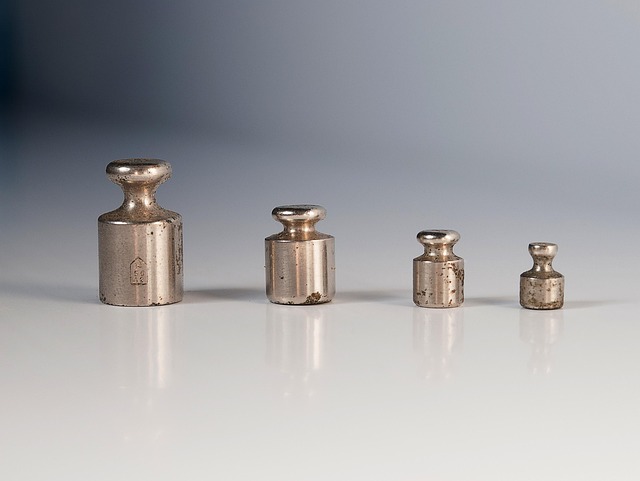As photographers, we often find ourselves immersed in the delicate balance of art and science. One of the most crucial aspects that can drastically affect the outcome of our images is color calibration. The right color calibration can transform an ordinary photo into a breathtaking masterpiece, allowing us to present our vision with precision and clarity.
Imagine standing in front of a vibrant sunset, the sky ablaze in hues of orange, pink, and purple. You raise your camera, eager to capture that fleeting moment. However, once you review your shot, you realize that the colors seem washed out or completely inaccurate. The beauty of the scene has been lost in translation, and this is where the significance of color calibration comes into play.
Color calibration involves adjusting your camera settings, monitor, and software to ensure that the colors captured and displayed closely match the original scene. This is essential not just for preserving the mood of a photograph but also for ensuring consistency across different media formats. Whether you’re displaying your work online or preparing prints, a well-calibrated color palette brings your vision to life.
When working with layers in photography, the importance of color calibration becomes even more pronounced. Each layer in your editing software – be it an adjustment layer, a filter, or a cloning layer – interacts with others, potentially altering the overall color representation of your image. Properly calibrated colors create harmony across all layers, ensuring that they complement rather than clash with one another.
To start mastering your color calibration, begin with your camera. Many modern cameras offer settings to help capture accurate colors. Utilize the RAW format to give yourself the maximum flexibility during post-processing. Next, ensure your monitor is calibrated. Tools like color calibration devices can help you achieve a proper monitor profile, allowing you to trust what you see on screen. Finally, familiarize yourself with your photo editing software’s color settings. Programs like Adobe Photoshop and Lightroom offer powerful tools for managing color profiles across various layers.
Once you have established a solid foundation in color calibration, you’ll find that your confidence in handling layers will grow exponentially. You will be able to manipulate shadows, highlights, and tones more effectively, resulting in images that stand out with clarity and impact. Understanding how colors interact within layers not only enhances your editing process but also allows your unique style to shine through.
In this vibrant world of photography, the journey of mastering color calibration is one that every photographer should undertake. By aligning your technical skills with creative vision, you can produce images that truly resonate with the viewer, capturing not just moments, but also emotions that linger long after the shutter clicks. Embrace the art of color calibration, and take your layered photography to exhilarating new heights!



